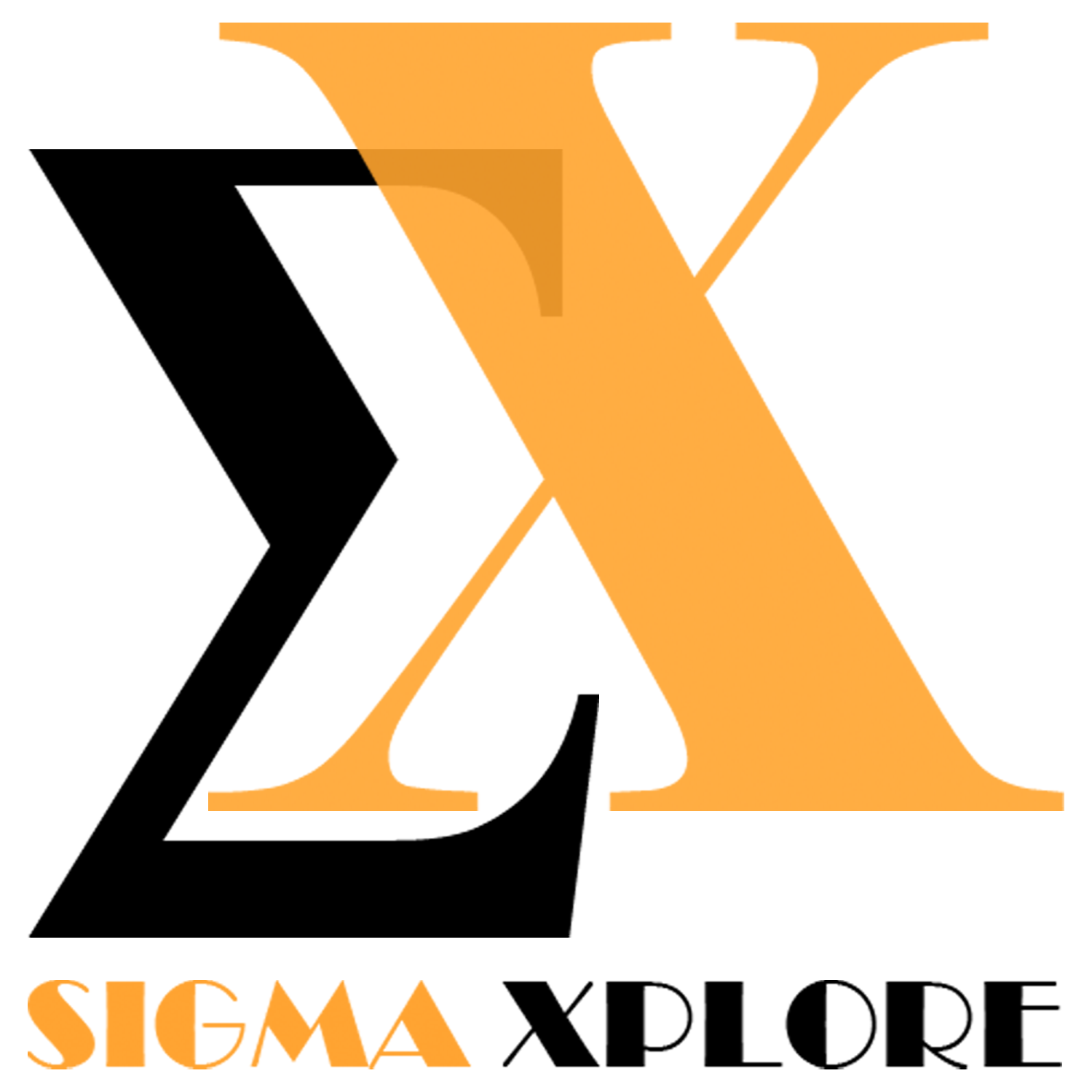Guide For Authors
AI Letters is a prestigious journal that specializes in the publication of letters. These letters are concise, yet impactful, scholarly articles that span a maximum of two pages in length. The brevity of these pieces allows for the rapid dissemination of significant, innovative research findings across various disciplines. Despite their short length, these letters are peer-reviewed and uphold the same rigorous academic standards as longer research articles.
| Open Access | Open Submissions | DOI Available | Blind Peer Reviewed |
The Criteria of Publishing in AI Letters
- Papers must be technically correct and scientifically motivated.
- The manuscripts must meet the quality and applicable standards of research integrity.
- The figures and tables need to be original and have not been utilized elsewhere (if the authors are using any figures/tables from other published sources, they must have permission to use those figures/tables and also they need to refer to that source).
- The results and analysis need to be described sufficiently and have not been published/presented elsewhere.
- The source of dataset need to be mentioned clearly during the manuscript.
- The manuscript needs to be presented in standard English.
Preparing for Publication
Submitting Papers to the AI Letters
Papers may be submitted only online via Manuscript Central. Please register at the journal website. After logging into the system as an author, you can upload your manuscript.
Manuscript Organization
Manuscripts (original research) should contain the following sections: Title, Authors names, Affiliations, Abstract, Keywords, Introduction, Materials & Methods, Results & Discussion, Acknowledgements, References, Figure Legends, Table Legends, and Supplementary files if any. Tables and figures can be inserted into the main text or added at the end of the manuscript.
The title should be concise, informative, and representative of the contents of the manuscript. Abbreviations should be avoided within the title.
- Full affiliations, postal addresses, and emails must be given to all authors. Contact information (phone and fax number) of the corresponding author is necessary.
- Abstract (up to 100 words) containing the objective and scope of the study should notify the important and significant results of the study. The abstract should comprise a brief review of the contents and the conclusions of the paper.
- Keywords (up to 5 words) should be provided directly below the abstract.
- The introduction should illustrate the problem statement and background of the study including literature review to justify the importance of the study.
- Materials and methods should include materials, design of the experiments (if any), analytical and characterization methods, and any other data that is needed for results reproducibility.
- Results and discussion (into one or two sections) should include results and their interpretations preferably by literature support of previous related studies and reasonable discussion of hypothesis.
- Conclusions should clearly summarize and highlight the novelty and significance of the work and emphasize the relevant work in the future.
- Acknowledgments (if any) are for any contributions (institutions, persons or agencies) in the design of the study, data collection, data analysis, and financial support (including grant number).
- References are referred to any citations in the text, figures, tables, and schemes and vice versa. References have to be listed at the end of the manuscript in the numbered format according to their appearance order in the text. In the text, citations should be indicated by the reference number in square brackets i.e. [1].
- Note that the length of article should not exeeds 2 pages.
Manuscript Format
- Manuscript files in Word (as .doc or .docx), or RTF format are acceptable.
- The sequences of pages, tables, figures should be numbered with Arabic numerals.
- All manuscripts’ main body should be typed in two-column format, Times New Roman 10, double-spaced with page numbers and A4 paper with page margins of top and bottom 2 cm, left and right 1.5 cm.
Please use this template to prepare your manuscript.
Proofs
Proofs will be sent to the corresponding author ONLY and should be returned back to the journal within one week.
Article Processing Charge (APC)
There is no Article Processing Charge (APC) to publish in AI Letters by the end of 2024. The manuscripts are freely available without charge to everyone. Effective from August 2025, authors will be required to pay an Article Processing Charge of $150 to cover the costs associated with the production and publication process.
Manuscript Rejection
Manuscripts that do not meet the technical or ethical standards according to the editorial policies will be rejected. Authors are responsible for any copied parts from other references (journal articles, books, thesis and dissertations, weblogs, reports, and any other work, statement, and hypothesis of others) and AI Letters is not responsible for any such scientific misconduct. If any misconduct is detected at any time during the publication process, AI Letters has the right to withdraw the article. Repeating plagiarism or copy from other resources will put the author’s name on the blacklist and the author`s institute will be informed under the advice of the Editor-in-Chief.

